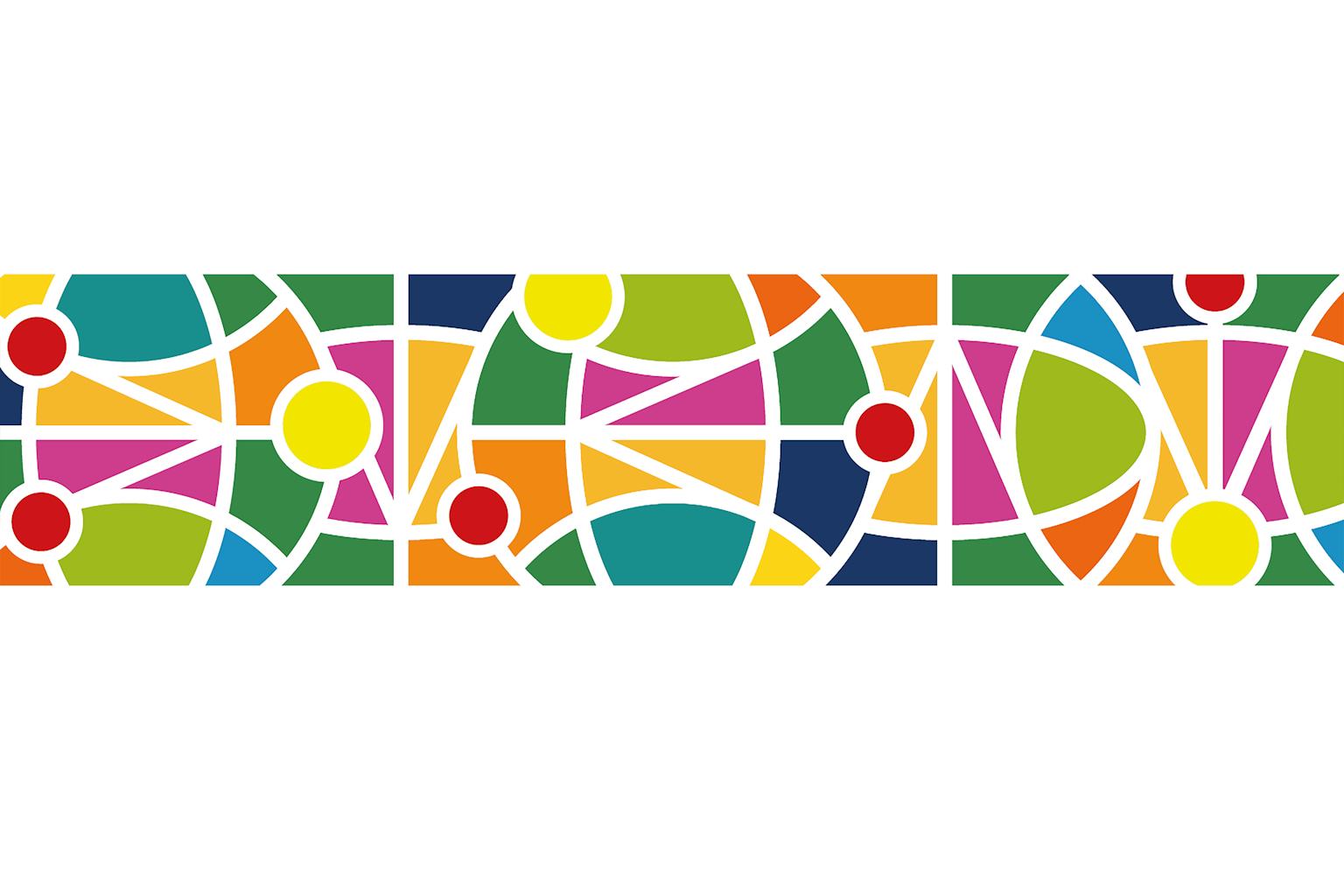This article originally appeared on Money254. Money254 helps consumers and business owners to search, compare and apply for financial products in Kenya.

Are you struggling with your financial goals? Do you know how much time you spend stressing about your finances every month?
Financial success does not just magically appear. You can only engineer it. It’s about developing systems or structures that tame undesirable behaviour in you and promote the desired behaviour that will help you grow into something better.
Maintaining the trajectory to achieving your long-term goals requires a lot of intent and discipline but building a process that will replace intent and discipline removes any temptation that may hinder your financial progress.
Automating your finances is not only convenient, but it is also crucial. By automating, you are eliminating the usual human flaws that impede you from wisely managing your money (like forgetting to cater to your bills on time or procrastinating investing).
Doing this will let you attain specific goals by systematically building positive long-term habits and letting your money grow while you focus on other things.
How automation works
Automation is like putting your finances on autopilot – you are not leaving anything to chance. Everything that you usually do with your money every month that can be done automatically needs to be automated.
This means from your bill payments; water, rent, garbage, loan repayments, insurance premiums etc., to your savings, retirement, emergency, investments and discretionary expenses such as subscriptions to the gym and funding your leisure or holiday account.
You authorise automatic transfers from your current account to the respective merchants for bills and the respective accounts for savings.
You will usually set this to happen at a specific date in the month when you are sure your monthly income will have been deposited into your current account.
Any amount that needs to be transferred will be automatically debited from your account according to the predetermined proportions.
Tips to automate your finances
1. Choose a current account that suits your needs
Personal financial automation will typically require one to have a current account where all your income is deposited into.
While most people opened their first current accounts at just about 18 years of age and have pretty much never given it much thought, all current accounts are not created equal.
There are those that will charge you a flat fee for all transactions, those that charge per transaction and those that claim to have zero fees and most banks will give you the option of priority banking whose perks may come with additional costs.
If you are keen on automating your finances, then it is very important that you understand the terms of your current account since the numerous transactions you may be making could get costly if your bank applies charges to them.
For example, does your bank charge a penalty for a bounced standing order? I.e. when there isn't enough money in the account to fulfil a transaction. This may happen when, for example, your employer delays to deposit your salary to your current account past the date you had set to automatically send 20% to your savings account.
To guard against fees associated with a low current account balance, you may opt to always ensure your balance does not drop below a certain minimum. A practical minimum is the sum of one month’s expenses.
Beware of current accounts that claim to offer zero maintenance or ledger fees. This may be a sales tactic that means you get charged for every transaction as opposed to paying a small maintenance fee and getting unlimited free transactions.
If you are in the informal sector and your income comes in cash or through M-PESA, you may need to open a current account.
If you are typically paid via a Sacco current account, you need to be sure that your Sacco easily facilitates automatic payments – the objective is to eliminate human error (i.e. chances you will forget or postpone obligations).
2. Sign up for automatic transfers
Once you have chosen a current account that best meets your needs, you need to set up automatic transfers typically in the form of a standing order for all your expenses.
This will only work for fixed expenses such as rent, utilities that are fixed such as water and electricity (post-paid) where you have good estimates, school fees (especially when term dates are definite), subscriptions, memberships, loan repayments and other bespoke fixed expenses that in your opinion can be automated for your convenience.
You can set them all up to eliminate any worries about whether you have left out any bill.
Forgetting a bill could be costly in terms of late payment penalties and depending on the service provider, it may mean some services are withdrawn.
Why not avoid that inconvenience altogether?
3. Set up direct transfers with the employer
Another great way to automate your finances is to set up direct deposits with your employer if they can and would allow it. If you can set this up, you’ll know your salary gets sent to your other accounts and when it hits.
Speak to your employer to see if they can automate some payments for you as they normally deduct and remit PAYE, NHIF and NSSF contributions and even HELB repayments on your behalf before the net amount lands on your current account.
How cool would it be if your rent, memberships, retirement contributions and subscriptions etc. were automatically paid on your behalf exactly on payday and all you receive in your current account is the balance? Chances of overspending and reneging on your obligations would literally be nonexistent.
That way, you will live stress-free knowing transfers are being made for you. The catch here is that you have to trust your employer enough to do this accurately and on time. There are stories of employers not remitting NHIF and retirement contributions for employees who only learn about it when they go to claim their benefits!
For true peace of mind, you have to always confirm these payments have been made. Luckily, there are apps to check this for most of them.
4. Set up automatic contributions to your savings
It is important not to forget to automate your savings as well. This should be among the first things you do. Emergencies or other desires may come strongly and may delay your progress when you choose to dip into savings.
Eliminate the temptation to dip in your savings by doing direct transfers at the source.
If you save in a Sacco, have it deducted from your pay slip. The same goes if you have insurance coverage, are paying a loan or investing.
Retirement savings is another area you should consider as a top priority. You can allow the department that handles your payroll to be whisking away a certain proportion of your income with every paycheck and put it towards your retirement scheme.
You cannot misuse what you haven’t received, right? Allow for the maximum amount permitted if your income allows.
5. Use a budgeting app to track your spending
Tracking your expenses can be very exhausting, especially if you are using manual methods involving pen, paper and calculators.
Instead, you can adopt a budgeting application installed on your phone, which will take care of your budgeting for you.
Some budgeting apps can be linked to your current account, and they will automatically calculate all your spending. You can also set it up in a way that it categorises your spending.
That way, you will know at the end of your income cycle how much you spent in each category.
Advantages of automating
1. Less stress
It is less stressful as it takes away the hustle of having to crunch numbers every end month to figure out how much you have to withdraw and send to other accounts.
2. It is secure
While you risk losing your money after withdrawal at an ATM, there is zero probability of that happening when direct transfers are done.
3. Saves time
You do not have to be there physically and queue in line for you to oversee transfers being done.
Wrapping up
Automating is one of the best steps you could ever take when taking control of your finances.
It brings in a lot of convenience in bill paying and saving. That sort of organisation can allow you to breathe much easier when controlling your money, positioning you to better achieve your financial goals.





